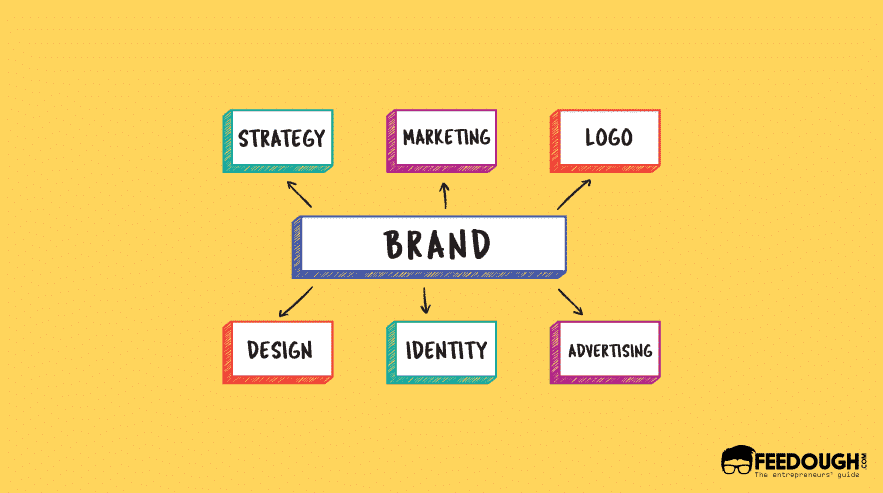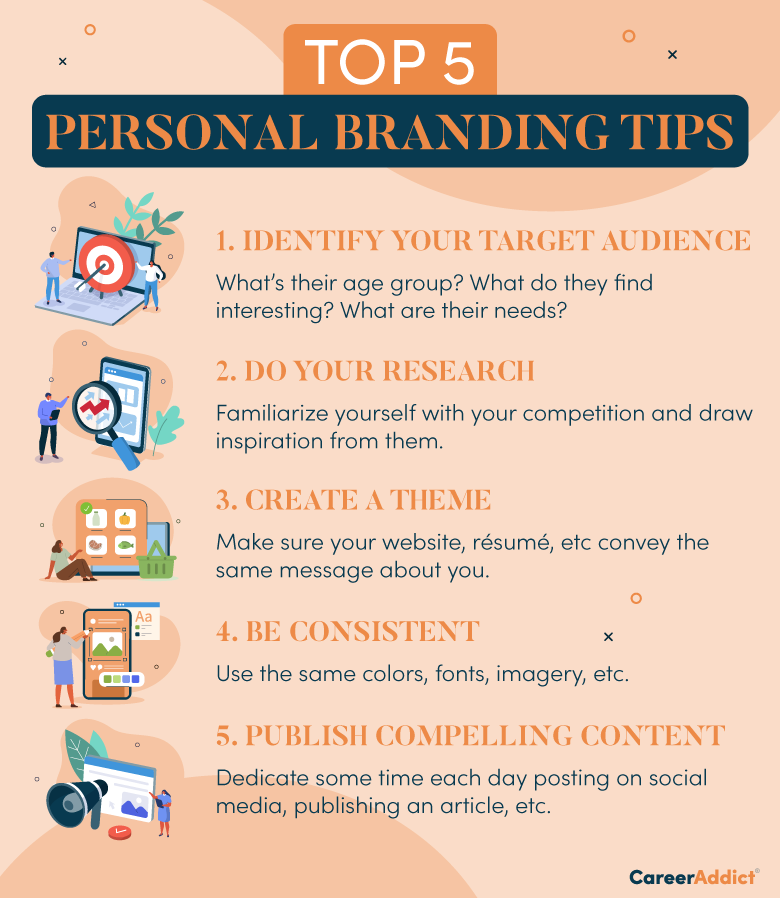1. Importance of Visual Branding
Visual branding is a crucial aspect of building a successful brand identity. Your brand’s visual elements, such as logos, colors, and imagery, help to communicate your brand’s values and personality to your target audience. Photos play a significant role in visual branding as they can evoke emotions and tell a story in a way that text alone cannot. By using high-quality photos that align with your brand’s message, you can create a strong visual identity that sets you apart from your competitors.
When it comes to visual branding, consistency is key. Using photos that have a consistent style, color palette, and tone will help to reinforce your brand’s identity and make it more recognizable to your audience. Whether you’re posting on social media, updating your website, or creating marketing materials, make sure that your photos are in line with your brand’s overall aesthetic.

Additionally, photos can help to humanize your brand and make it more relatable to your audience. By showcasing real people using your products or services, you can build trust and establish a connection with your customers. When choosing photos for your brand, consider how they will resonate with your target audience and whether they accurately represent your brand’s values and personality.
2. Using Professional Photography
Investing in professional photography is one of the best ways to elevate your brand’s visual identity. Professional photographers have the skills and expertise to capture high-quality images that align with your brand’s message and values. Whether you’re looking to update your website, create marketing materials, or build a social media presence, professional photography can help you stand out from the competition and make a lasting impression on your audience.

When hiring a professional photographer, make sure to provide them with a clear brief that outlines your brand’s aesthetic and objectives. This will help them to capture images that align with your brand’s visual identity and resonate with your target audience. Remember to communicate your brand’s values and personality to the photographer so that they can create photos that accurately represent your brand.
In addition to working with a professional photographer, consider investing in a photo editing software to enhance your images and maintain a consistent visual style. Editing your photos can help to improve their quality, adjust the lighting and color balance, and create a cohesive look across all of your branding materials. By using professional photography and editing tools, you can create a strong visual identity that attracts and engages your audience.
3. Leveraging User-Generated Content

User-generated content is a powerful tool for building brand authenticity and credibility. When your customers share photos of themselves using your products or services, they are essentially endorsing your brand to their followers. This type of content is highly influential as it comes from real people who have experienced your brand firsthand.
Encourage your customers to share photos of themselves using your products or services by creating a branded hashtag or running a social media contest. By showcasing user-generated content on your website and social media channels, you can build a sense of community around your brand and show potential customers how real people are benefiting from your offerings. User-generated content is also a great way to gain insights into how your customers perceive your brand and what resonates with them.
When leveraging user-generated content, make sure to ask for permission to repost and credit the original creator. This will show respect for your customers’ contributions and build trust with your audience. Additionally, consider collaborating with influencers or brand ambassadors to create authentic content that aligns with your brand’s values and resonates with your target audience. By harnessing the power of user-generated content, you can strengthen your brand’s visual identity and connect with your customers on a deeper level.
4. Creating a Visual Style Guide
A visual style guide is a crucial tool for maintaining brand consistency and ensuring that your photos align with your brand’s visual identity. This guide should outline your brand’s color palette, typography, photography style, and logo usage guidelines. By creating a visual style guide, you can provide clear direction to your team and external partners on how to create visuals that accurately represent your brand.
When developing a visual style guide, consider your brand’s values, personality, and target audience. Think about the emotions you want to evoke with your photos and how you can communicate your brand’s message visually. Include examples of photography styles, color palettes, and image compositions that reflect your brand’s aesthetic and values.
Make sure to regularly review and update your visual style guide to ensure that it remains relevant and aligned with your brand’s evolving identity. Share the guide with your team, partners, and vendors to ensure that everyone involved in creating visual content for your brand understands and follows the guidelines. By creating a visual style guide, you can maintain a consistent brand image across all touchpoints and reinforce your brand’s visual identity with each photo you publish.
5. Using Stock Photography Wisely
Stock photography can be a valuable resource for brands looking to enhance their visual content without breaking the bank. However, it’s essential to use stock photos wisely and avoid cliché or generic images that don’t align with your brand’s identity. When selecting stock photos, look for images that reflect your brand’s values, aesthetic, and target audience.
One way to make stock photos more unique to your brand is to customize them with your brand’s colors, logo, or messaging. By adding branding elements to stock photos, you can create a cohesive look that aligns with your brand’s visual identity. Consider using stock photos as a base and adding your own twist to make them more personalized and on-brand.
Another tip for using stock photography wisely is to mix it with original content to create a diverse visual experience for your audience. By combining stock photos with user-generated content or professional photography, you can create a well-rounded visual identity that showcases the different facets of your brand. Remember to use stock photos sparingly and strategically to avoid diluting your brand’s uniqueness and authenticity.
6. Optimizing Images for SEO
In addition to enhancing your brand’s visual identity, photos can also play a role in improving your website’s SEO. By optimizing your images for search engines, you can increase your chances of ranking higher in search results and driving more organic traffic to your site. When uploading photos to your website, make sure to use descriptive file names, alt text, and captions that include relevant keywords.
Optimizing your images for SEO can help search engines understand the content of your photos and index them properly. This can improve your website’s visibility in image search results and attract users who are looking for visual content related to your brand. Consider creating a dedicated image sitemap to help search engines crawl and index your photos more efficiently.
Another way to optimize your images for SEO is to compress them to reduce their file size and improve page load times. Slow-loading images can negatively impact your website’s performance and user experience, so it’s essential to optimize your images for speed. Use tools like Photoshop or online image compressors to reduce the file size of your photos without sacrificing quality.
7. A/B Testing Your Visual Content
A/B testing your visual content is a valuable strategy for optimizing your brand’s visual identity and improving engagement with your audience. By testing different photos, graphics, or videos, you can determine which visual elements resonate best with your target audience and drive the most conversions. Use A/B testing tools to compare the performance of different visual assets and make data-driven decisions about which ones to use in your branding materials.
When conducting A/B tests on your visual content, make sure to test one element at a time to accurately measure its impact on your audience. For example, you could test different product photos, hero images, or social media graphics to see which ones perform best in terms of engagement, click-through rates, or conversions. Consider testing variables like color, composition, and subject matter to see which visuals are most effective at capturing your audience’s attention.
After completing A/B tests on your visual content, analyze the results to identify trends and patterns that can inform your future branding strategies. Use the insights gained from A/B testing to refine your visual identity, improve the performance of your marketing materials, and better connect with your audience. By continuously testing and optimizing your visual content, you can strengthen your brand’s visual identity and achieve your marketing goals more effectively.
8. Measuring the Impact of Your Visual Branding
Measuring the impact of your visual branding efforts is essential for evaluating the effectiveness of your brand’s visual identity and identifying areas for improvement. By tracking key metrics related to your visual content, such as engagement rates, click-through rates, and conversion rates, you can assess how well your brand’s photos are resonating with your audience and driving desired actions. Use analytics tools to monitor the performance of your visual content across different channels and touchpoints.
In addition to quantitative metrics, consider gathering qualitative feedback from your audience to gain insights into how they perceive your brand’s visual identity. Conduct surveys, focus groups, or interviews to understand your audience’s preferences, opinions, and emotions related to your brand’s photos. Use this feedback to make informed decisions about your visual branding strategies and adjust your approach to better connect with your audience.
Another way to measure the impact of your visual branding is to conduct brand audits or competitive analyses to evaluate how your brand’s visual identity compares to that of your competitors. Assess the strengths and weaknesses of your brand’s visual content, and identify opportunities for differentiation and improvement. By regularly monitoring and evaluating the impact of your visual branding efforts, you can ensure that your brand’s photos are effectively communicating your message and resonating with your audience.
Conclusion
In conclusion, photos play a crucial role in building a strong visual identity for your brand. By following these branding tips using photos, you can create a cohesive and engaging visual experience that resonates with your audience and sets you apart from your competitors. From investing in professional photography to leveraging user-generated content and optimizing your images for SEO, there are many strategies you can use to enhance your brand’s
